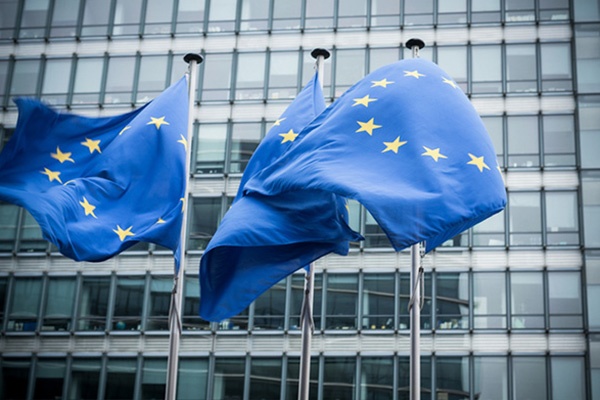By Swissquote Analysts
EU Recovery

European consumers living la dolce vita and supporting global economic recovery
The dolce vita or good life Europeans are equally envied and admired for is making a long-awaited comeback. The favourite past times of our cultured continental counterparts are returning and being enjoyed more voraciously than before: dining is enjoyed indoors and al fresco, cinemas and theatres are bustling and you could set your watch to aperitivo hour.
All this points to one morale and market-boosting fact: consumer confidence across the eurozone is back. Despite an influx of worrying economic news including higher energy bills, continued supply chain disruptions and the potential of an economic slowdown in China, high COVID-19 vaccination rates across much of Europe have made way for a return to la dolce vita.
The European Union's vaccine campaign is being lauded as one of the world's most successful roll-outs. To date, more than 72% of EU adults over the age of 18 have been fully vaccinated, according to official data, compared to 66% of Americans over 18.
The rebound is also being attributed to schools and workplaces re-opening, with multiplier businesses and service providers benefiting as their role in the eco-system is again warranted. Data shows that airports and domestic public transport across the eurozone have reached their highest levels since the beginning of the pandemic in early 2020.
According to S&P, European consumers amassed more than €300 billion ($350 billion) in excess cash reserves during the pandemic, and all indications show they are ready for some retail therapy.
Simultaneously, countries across Europe are starting to receive grants and cheap loans from the bloc’s €800 billion ($940 billion) recovery fund. The stimulus package is likely to add 3.9% to the eurozone GDP by 2026.
Growth in the eurozone, however, may slow over the coming months. China’s economic slowdown may affect exporters, international travel is still approximately 30 percent below pre-pandemic levels and supply-chain snags have hit manufacturers hard, as seen in an unexpectedly sharp drop in recent business sentiment surveys. German truck mileage data, which are seen as a proxy of industrial activity, also remain at a low for 2021.
The United States and China economies have returned to pre-pandemic levels, and although the eurozone is now rebounding strongly, the continent continues to play catch up with the advantage of having avoided some of the big risks now clouding the outlook for the United States and China.
S&P Global Ratings upgraded its 2021 European growth forecast last week to 5.1% from 4.4%, citing rapid improvements in economic output, the labor market and high levels of corporate investment.
The labour market also remains strong with job vacancies continuing to rise, according to data from job site Indeed. This may give the European Central Bank the confidence to scale back its emergency pandemic program of asset purchases next year, enabling the eurozone economy to return to its pre-pandemic level over the next two quarters. Now the rising energy price could derail the consumer but we dont expect so.
